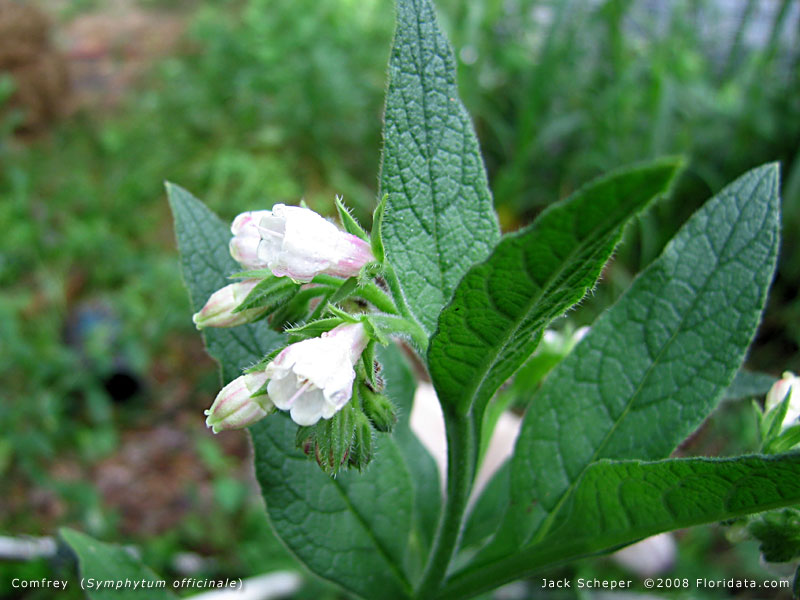

Needs space May vary in colour - pale lilac to rich purple - as usually raised from seed. Second, they are unlikely to escape and become invasive, destroying natural habitat. Symphytum officinale (Comfrey) An upright plant, the small, bell-shaped purple flowers are carried on tall stems above large, rough, mid-green leaves. They need less fertilizers, pesticides or use less water. The middle and upper leaves are without stems, but the point at which they attach to the stems extends downward to the stalk. The large leaves are broadly lance-shaped.

First, these plants are better adapted to soils, moisture and weather than exotic plants that evolved in other parts of the world. Common comfrey ( Symphytum officinale) is an erect, stout, often branched perennial, 20 42 inches tall. There are many benefits in growing native plants. You can help reverse this trend by planting great native plants in your garden.Ī plant is considered native if it has occurred naturally in a particular region or ecosystem without human introduction. It is a perennial and grows primarily in the temperate biome. The federal government has estimated that nearly 25 percent of the 20,000 plant species native to North America are at risk of extinction, many of these through habitat loss. The native range of this species is Europe to W. They displace and alter native plant communities, degrade wildlife habitat and water quality, and potentially lead to increased soil erosion. Invasive species compete directly with native species for moisture, sunlight, nutrients, and space. endangered and threatened species, and for 18% of U.S. Symphytum officinale in version 1 of The Plant List.Symphytum officinale (Common Comfrey) is listed in the Invasive Plant Atlas of the United States.Īccording to the U.S Forest Service, Invasive species have contributed to the decline of 42% of U.S. It is possible the same name was included from a different data This name record (from WCSP (in review)) was not To return to The Plant List: please use your browser's backīutton to return to this page. It contains chemicals that are poisonous. Comfrey root extract has been used for the topical treatment of painful muscle and joint complaints. Comfrey (Symphytum officinale) is a plant with yellow or purple flowers found in Europe, Asia, and North America. Today, several randomised controlled trials have demonstrated the efficacy and safety. Symphytum officinale (Boraginaceae), well known as comfrey, represents a plant with an impressive record of medicinal use. In particular, the use of the root has a longstanding tradition. Royal Botanic Gardens, Kew Plant information portal Comfrey ( Symphytum officinale L.) has been used over many centuries as a medicinal plant.It features large, oblong to elliptic-lanceolate, medium green. It typically grows in an upright clump to 18-24 tall with flower stems to 4-5.

asperum) that grows in waste areas and disturbed soils in the Caucasus Mountains. Description Cultivation Parts Used Medicinally Constituents Medicinal Action and Uses -Synonyms- Common Comfrey.


 0 kommentar(er)
0 kommentar(er)
